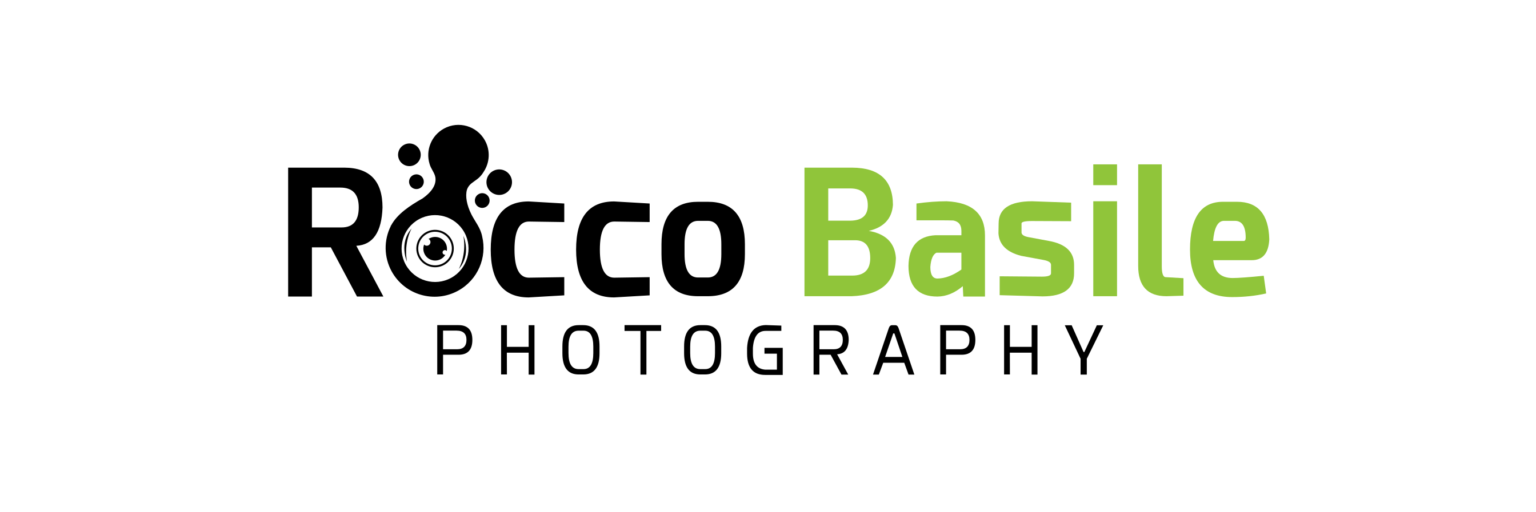
Show Your Work Without Getting Robbed
The Internet is a wonderful way for artists to get their photographs in front of an audience, but it’s also easier than ever for content thieves and plagiarists to steal others’ work. Unfortunately, there is no way to completely protect your photographs from being appropriated, other than hiding it away from the public eye forever. (No one wants that!) However, there are some measures you can take that will make it a lot more difficult for others to get your work for free or use it without your permission. Ismail Sirdah shares some tips on how to protect your photography work from being stolen.
Lower the Online Quality
Many beginners make the mistake of uploading high-quality files to their online portfolios. For making your own prints, of course, you need the highest quality files you can get. But online, smaller files will do just fine (72 DPI is the standard for web images). Try to keep your online files less than 1M, if possible. They’ll display just fine on a screen, but if someone saves one, that image won’t be very useful for them. Hardcopy print-outs of small files will be grainy (especially at larger sizes) and even digital work will seem pixelated and sub-standard. As an added bonus, small files will also load faster in browsers, giving your site a more professional, seamless effect.
Use a Watermark
You may not like the idea of stamping a big logo across your beautiful photographs, but this is a very good way to deter anyone who would want to steal it. Some photographers compromise by placing their logo in a corner—this helps, but many thieves will just crop off the edges, leaving the rest of the photo intact. There are some services which will encode a “hidden” watermark in a digital file, too, but these can be bypassed or removed. A good compromise is to use a large watermark across the image at a very low opacity. That makes it almost impossible to remove without ruining the photo, and your audience can still see how great your work is.
Be Careful Where You Submit Your Work
Submitting to publications and contests are great ways to get your work out there, but before you send your images out, do some research on the company. There are plenty of unscrupulous editors out there who only want to collect work for their own files, and have no intention of paying the artists.
Get Waivers and Contracts
If you work with models or other clients, make sure they understand your terms and conditions before turning over the finished, high-quality files. When someone else buys your work, you do have a legal right to decide what they can do with it, and it’s up to you to make this clear. You may choose to give them one-time publication rights and retain the copyright yourself. You may give them permission to re-use the images at will, with the stipulation that they don’t change or edit anything. If clients want to purchase the copyrights along with the photos, make sure you charge accordingly, since you’ll be unable to re-publish those shots yourself.
Register Your Copyright
Registered proof of ownership will certainly help you defend your case, should you ever find it necessary to pursue legal action. In the United States, you can register your photographs (singly, or in a collection) with the U.S. Copyright Office for a reasonable fee ($35.00 per application, at the time of this writing). Once you’re the registered owner of a photograph, you can sue anyone who commits copyright infringement for any profit that they may have made off of it, as well as any potential profit that you lost due to their theft.
Periodic Check-Ups
With “reverse image search,” search engines can find all the sites where a specific image has been published online. Now and then, do a spot-check on your own work. If you see one of your photographs show up on a site that you don’t recognize, don’t hesitate to follow up. Many site editors will be willing to remove an image if you ask them politely, but sometimes legal action may be necessary.
Even beginning photographers should develop good habits right away to protect their work. Which of these techniques seem to work best for you? Share your experiences with copyright infringement, and any ideas that you might have to add to the list.
Ismail Sirdah acquired his first camera in middle school, and his natural talents soon became apparent—even as a teenager, he was sought after by local bands and fashion designers. Today he travels the world photographing celebrities, top travel destinations, and important cultural events.
